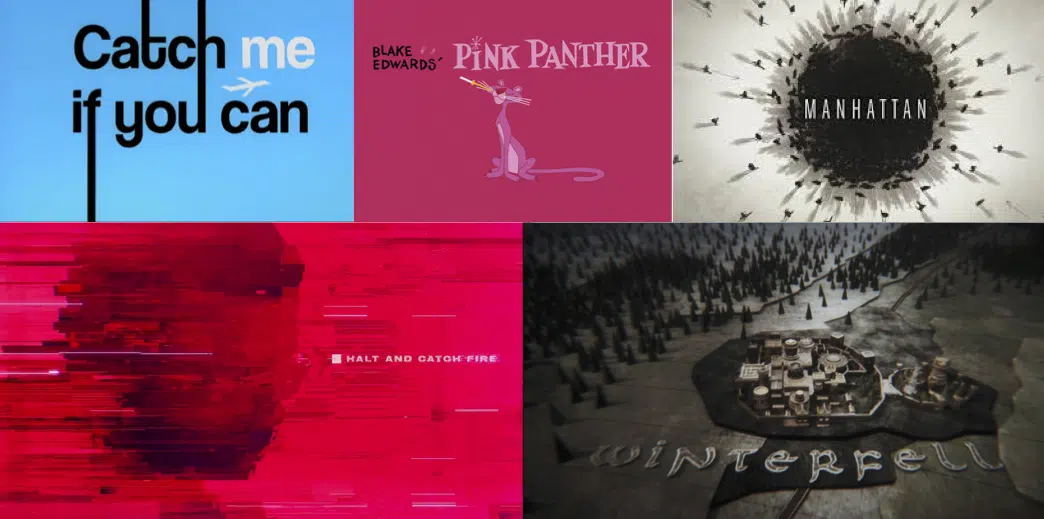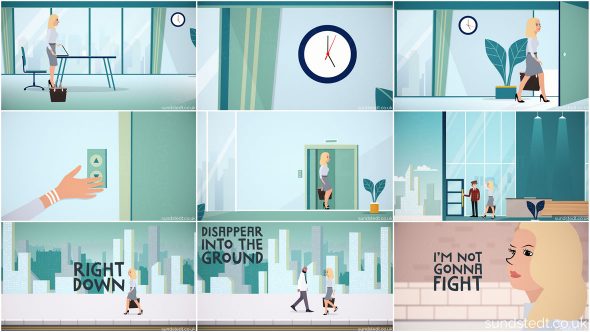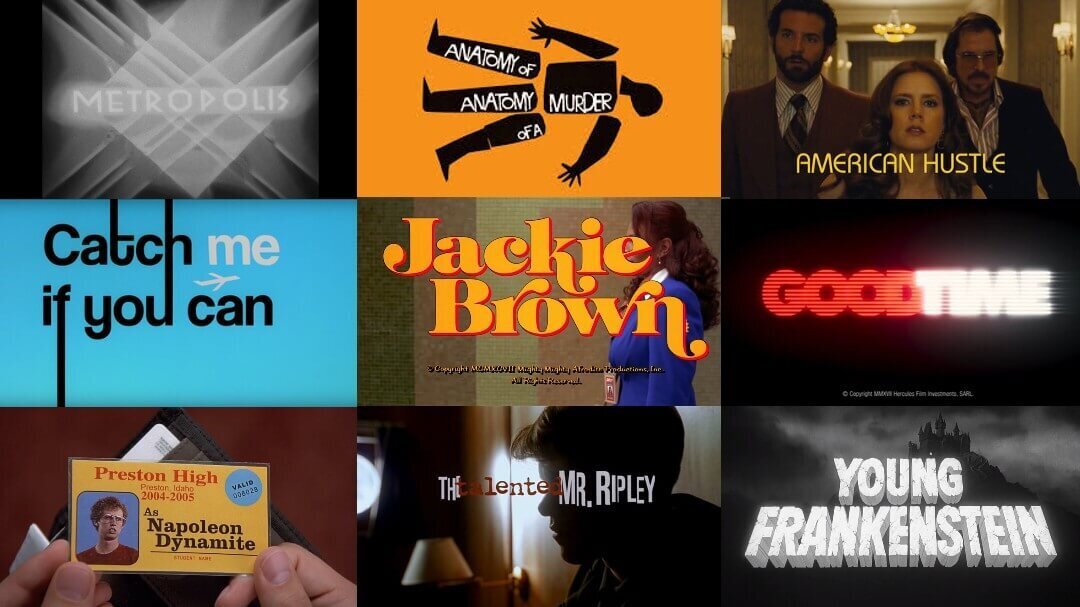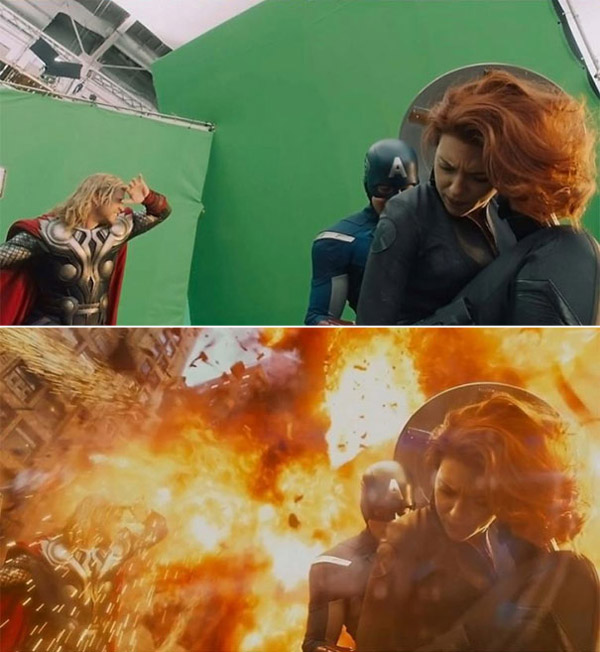What Does a Motion Graphics Designer Actually Do?
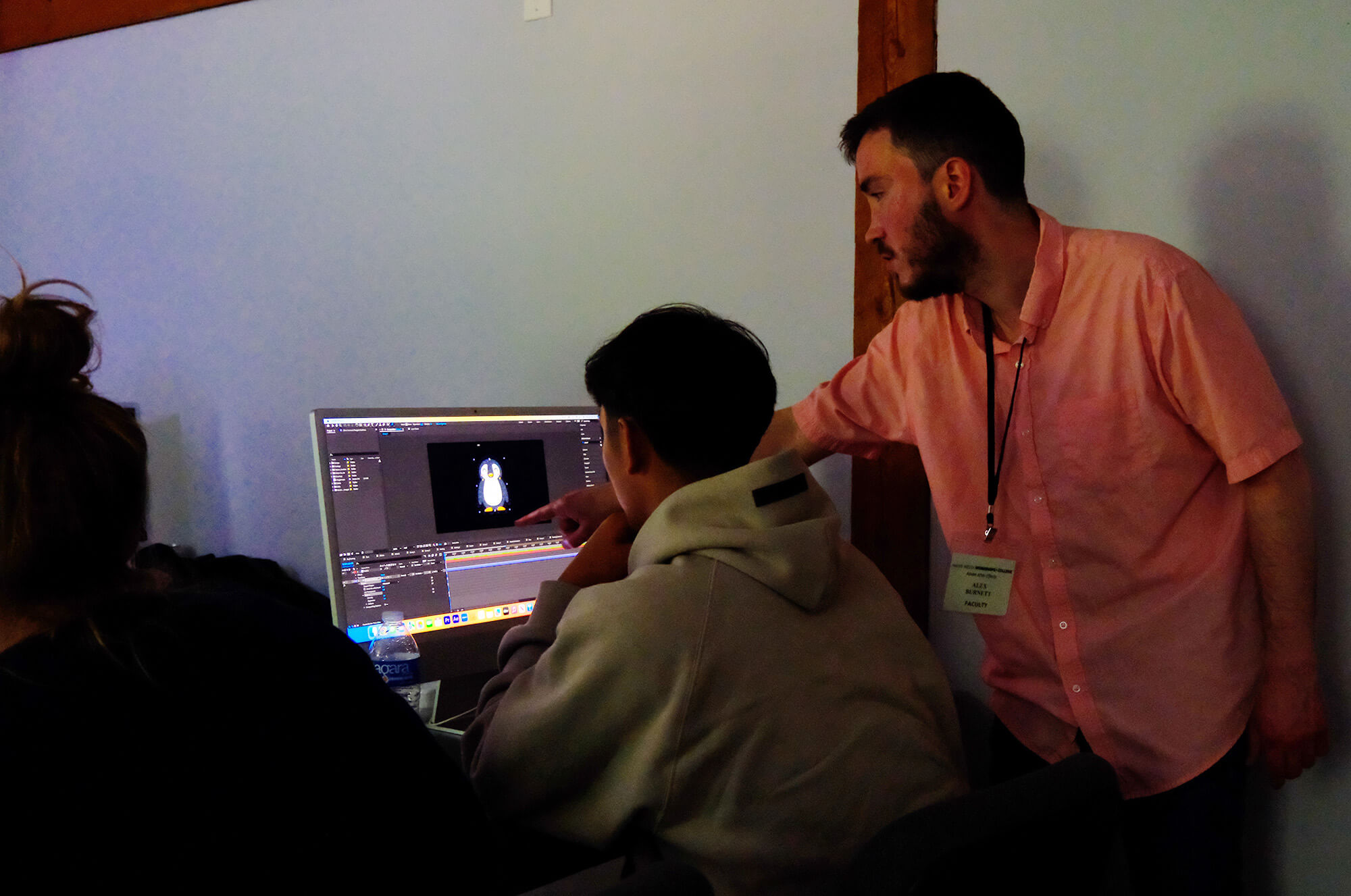
Behind the scenes: A Motion Graphics Designer crafting visual elements in Adobe After Effects
Animated Title Sequences
Design and animate opening credits, title cards, and closing sequences that set the tone and establish the visual identity of films and TV shows.
Visual Overlays & Graphics
Create lower thirds, infographic overlays, data visualizations, and on-screen graphics that enhance storytelling without disrupting the narrative flow.
Dynamic Transitions
Design seamless transitions between scenes, creative wipes, and animated elements that guide viewers through the story.
Visual Effects Integration
Combine practical footage with digital elements, creating believable environments and enhancing scenes with kinetic typography and animated graphics.
